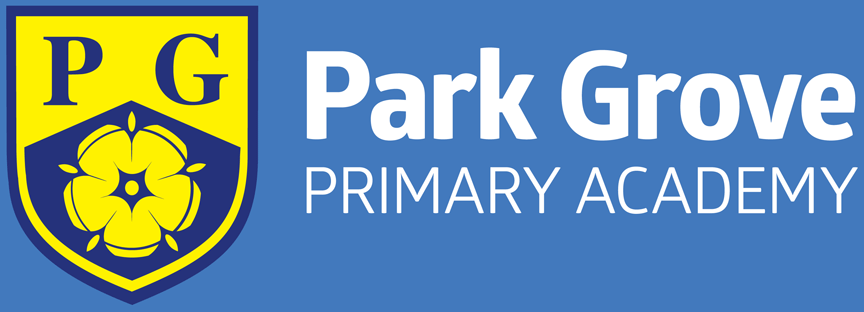This week we have looked at language features from a range of persuasive texts. What features are needed?
- Home
- Key Info
- Our School
- Calendar
- Teaching & Learning
- Curriculum
- National Curriculum
- New Reception Starters
- Rainbow Hub
- Blue Class Information (Year 1/2)
- Green Class Information (Year 1/2)
- Lime Class Information (Year 3/4)
- Maroon Class Information (Year 3/4)
- Indigo Class Information (Year 4/5)
- Magenta Class Information (Year 5/6)
- Turquoise Class Information (Year 5/6)
- Parents
- Partnerships
- Ebor Academy Trust
- Contact Us




You need to add in slogans and adjectives to make it stand out I enjoyed Tuesdays lesson. 😀
rhetorical questions similes and metaphors facts and opinions to
Modal verbs, Adjectives, Slogans, adverbs and exaggeration.
repetition, metaphors and similes are very important along with ambiguity and imagery
you need:
emotive language
alliteration
exaggeration
adjectives/adverbs
catch phrases/slogans
causal connectives
modal verbs
past tense
I really enjoyed this session 😀
And also causal connectives.
LOTS. 🙂
effective language
emotive language
ambiguity
imagery
metaphors
similes
dare reader to disagree
present tense
rhetorical questions
alliteration
repetition
exaggeration
slogans
catchphrases
sign post to points
You need to add slogans, adjectives and rhetorical questions.
Also Tuesdays lesson was great (even though I wasn’t there for all of it.
I’m enjoying all of our lesson but I enjoy this lesson the most slogans and adjectives are tricky some times.
1. Metaphors
2. Causal Connectives
3. Slogans/Catchphrases
and others I can not think of at the moment but I will come up with them in a next blog of mine on this. 😀
modal verbs are good cuz Barack Obama said “we WILL” and i think that’s persuasive
You need to add your opinions in your writing and facts !
the persuasive writing language features are:
Emotive language, daring the reader to disagree, alliteration, slogans, simile’s and metaphors, facts and opinions and repetition.
you need to add nouns adverbs and vcop
1)Ambiguity
2)emotive language
3)imagery
4)adjectives adverbs
5)causal connectives
6)rhetorical questions
7)slogans catchphrases
8)facts opinions
9)opinions backed with a fact
10)similes and metaphor
11)daring the reader to disagree
12)Exaggeration
13)Alliteration
14)modal verbs
15)repetition
There are lots of features. Including daring the reader to disagree, causal connectives.
I liked that lesson
Here are some of the examples of features you need in persuasive writing:
Dare the reader to disagree
Ambiguity
Strong imagery
Similes
metaphors
Opinions
Facts
Slogans/catchphrases
Adjectives and adverbs
Effective language
Emotive language
Causal connectives
causal connectives,
signpost points,
adjectives and adverbs’
emotive language,
model verbs,
alliteration,
similes and metaphors,
rhetorical questions,
daring the reader to disagree,
catch phrases,
present tense,
exaggeration,
repetition,
ambiguity,
imagery.
1) Signposts to points
2) Facts Into Opinions
3) Emotive Language
4) Causal Connectives
5) Adverbs/Adjectives
6) Similies/Metaphores
7) Ambigious Writing
8) Daring the reader to disagree
9) Strong Imagery
10) Rhetorical Questions ?!
11) Slogans/Cathphrases
12) Repetition
13) Alliteration
14) Modal Verbs
15) Exxageration
You need adjectives/adverbs, strong imagery, slogans ,rhetorical question ,facts and opinions ,similes/metaphors , signposts, daring the reader to disagree, alliteration, emotive language, exaggeration, causal connectives, modal verbs, repetition and ambiguity.
I forgot model verbs
1. Adjectivesadverbs
2. Daring the reader to disagree
3. Rhetorical questions
4. Causal connectives
5. Alliteration
6. Smilesmetaphors
7. Emotive language
8. Imagery
9. Ambiguity
10. Opinions to facts
11. Opinions
12. Repetition
There is also
repition
opinion/fact
similes/metaphor
ambiguity
present tense I meant
emotive language
dear reader to disagree
persuasive language
you need to have alliteration, opinion into facts, rhetorical questions, adjectives/adverbs, slogans, ambiguity, exaggeration, emotive language, sigh post to point, modal verbs, causal connectives, similies/metophors, present tence, daring the reader to disagree, opinions and facts.
it was fun
slogans, adjectives, emotive language, ambiguity, repetition, daring the reader to disagree, causal connectives, similes/metaphors. Sorry I cant think of anymore but next time I will hope I will remember all 15
Emotive language, daring the reader to disagree, slogans, ambiguity, casual connectives, repetition, alliteration, metaphors/similes, present tense, strong imagery, effective language e.g adverbs/ adjectives, modal verbs, signpost to points, exaggeration,